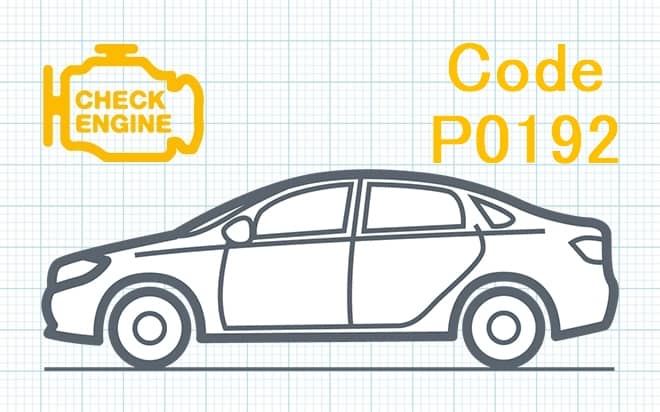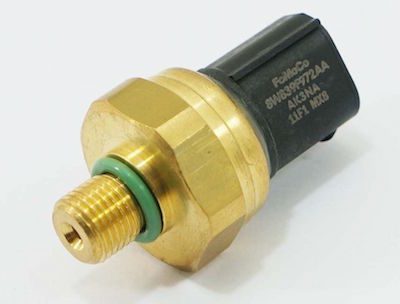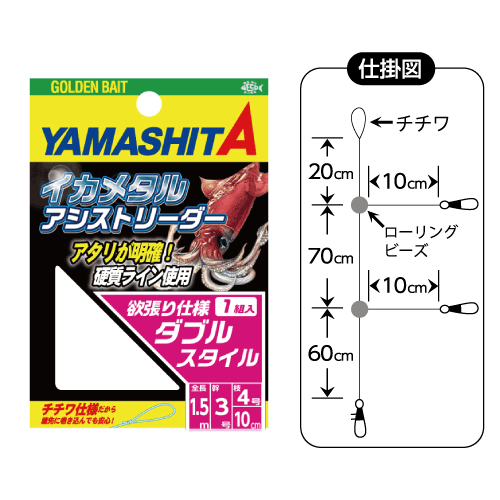
P0192 Fuel Rail Pressure Sensor “A” Low
Content
- OBD-II Trouble Code - P0192 - Data Sheet
- What does trouble code P0192 mean?
- Symptoms
- Causes of the P0192 code
- Diagnostic and repair procedures
- How does a mechanic diagnose a P0192 code?
- Common Mistakes When Diagnosing Code P0192
- How serious is the P0192 code?
- What repairs can fix code P0192?
- Additional comments to consider regarding code P0192
- Need more help with your p0192 code?
OBD-II Trouble Code - P0192 - Data Sheet
P0192 - Fuel rail pressure sensor "A" circuit low
What does trouble code P0192 mean?
This Generic Transmission / Engine DTC usually applies to most fuel injection engines, both gasoline and diesel, since 2000. The code applies to all manufacturers such as Volvo, Ford, GMC, VW, etc.
This code strictly refers to the fact that the input signal from the fuel rail pressure sensor will fall below the calibrated limit for the calibrated amount of time. This could be a mechanical failure or an electrical failure, depending on the vehicle manufacturer, fuel type and fuel system.
Troubleshooting steps may vary depending on the manufacturer, type of rail pressure system, type of rail pressure sensor, and wire colors.
Symptoms
Symptoms of a P0192 engine code may include:
- Malfunction Indicator Lamp (MIL) illuminated
- Engine starts but won't start
- The car will not start
- Vehicle takes longer to crank than usual when starting
- Indecisiveness when accelerating
Causes of the P0192 code
Possible reasons for setting this code:
- Short circuit of FRP signal to SIG RTN or PWR GND
- Damaged FRP sensor
- Fuel pump malfunction
- Defective fuel pressure sensor
- No or little fuel
- Broken, shorted, or corroded wires
- Broken, shorted, or corroded connectors
- Clogged fuel filter
- Faulty fuel pump relay
Diagnostic and repair procedures
A good starting point is always to check the Technical Service Bulletins (TSB) for your particular vehicle. Your problem may be a known issue with a known manufacturer-released fix and could save you time and money while troubleshooting.
Then find the fuel rail pressure sensor on your specific vehicle. It might look something like this:

Once detected, visually inspect the connectors and wiring. Look for scuffs, scuffs, exposed wires, burn marks, or molten plastic. Disconnect the connectors and carefully inspect the terminals (metal parts) inside the connectors. See if they look rusty, burnt, or perhaps green compared to the usual metallic color you're probably used to seeing. If terminal cleaning is required, you can purchase electrical contact cleaner at any parts store. If this is not possible, find 91% rubbing alcohol and a light plastic bristle brush to clean them. Then let them air dry, take a dielectric silicone compound (the same material they use for bulb holders and spark plug wires) and place where the terminals make contact.
Then check that the vacuum hose connecting the sensor to the intake manifold is not leaking (if used). Inspect all vacuum hose connections at the FRP sensor and intake manifold. Note if fuel is coming out of the vacuum hose. If so, the fuel rail pressure sensor is faulty. Replace if necessary.
If you have a scan tool, clear the diagnostic trouble codes from memory and see if the code returns. If this is not the case, then there is most likely a connection problem.
If the code comes back, we will need to test the sensor and its associated circuits. There are usually 3 wires connected to the FRP sensor. Disconnect the wiring harness from the FRP sensor. For this code, the easiest way is to take a fuse jumper (it's a fuse jumper on the line; it protects the circuit you're testing) and connect the 5V power supply wire to the FRP signal input wire. With the scan tool connected, monitor the FRP sensor voltage. Now it should show about 5 volts. If a scan tool with data stream is not available, check if DTC P0193 FRP Sensor Circuit High Input is now set. If any of this happened, then the wiring and PCM are in order. The most likely problem is the sensor itself.
If all tests have passed so far and you keep getting the P0192 code, it most likely indicates a faulty FRP sensor, although the failed PCM cannot be ruled out until the sensor is replaced.
CAUTION! On diesel engines with Common Rail fuel systems: If there is a suspicion of a rail pressure sensor, you can ask a professional to install the sensor for you. This sensor can be installed separately or can be part of the fuel rail. In any case, the fuel rail pressure of these diesel engines at warm idle is typically at least 2000 psi and under load can well exceed 35,000 psi. If not properly sealed, this fuel pressure can cut skin and diesel fuel contains bacteria that can cause blood poisoning.
How does a mechanic diagnose a P0192 code?
- The mechanic will inspect the wiring and connectors of the fuel rail pressure sensor. They will check wires that are burned or shorted and connectors that are corroded. Replace connectors and wiring diagrams if necessary.
- Collects freeze frame data and trouble codes stored in the Power Management Module (PCM) using an OBD-II scanner.
- Clears trouble codes and performs a test drive to see if any codes return.
- If DTC P0190 does not return immediately, an intermittent problem may be present. It may not be possible to immediately diagnose an intermittent problem.
- If a test drive cannot be performed, it is because the car will not start. They will then check the fuel pressure with a pressure gauge.
- Low fuel pressure may indicate that the car has run out of gas. At this stage of diagnosis, it is important to make sure that there is gasoline in the car.
- After making sure the car has gas, make sure the fuel pump is working by listening to it.
- If the fuel pump runs but the vehicle does not start, this may indicate a clogged fuel filter, a faulty fuel injector circuit, or a faulty power control module (PCM).
- If they can't hear the fuel pump, they will pound on the fuel tank while trying to start the car. This step will require two people.
- If the car starts, this is a sign that the fuel pump is faulty.
- If the car does not start, check the battery voltage at the fuel pump connector.
- If there is no battery voltage reading at the fuel pump connector, check the fuse circuit, the fuel pump relay circuit, and the power control module (PCM) circuit. If the fuse, fuel pump relay, and power control module (PCM) circuits are not working properly, check the fuel rail pressure sensor.
- Check the fuel rail pressure sensor for reference voltage at the connector using a digital volt/ohmmeter. A good reference voltage reading is 5 volts and should be checked with the vehicle running.
- If the fuel rail pressure sensor shows 5 volts, the next step is to check the sensor ground wire.
- If the results show a reference signal and a ground signal, check the resistance of the sensor. Use the manufacturer's pressure versus resistance chart to determine if the fuel rail pressure sensor needs to be replaced.
- Recheck the fuel system to make sure it is working properly. If the circuitry and sensors are OK, the problem might be with the power management module (PCM). This is not common, but will require the power management module (PCM) to be replaced and reprogrammed.
Common Mistakes When Diagnosing Code P0192
A common mistake when diagnosing DTC P0192 is to replace the fuel rail pressure sensor without checking other system components.
Before replacing the fuel rail pressure sensor or any other system component, check the fuel level to make sure the vehicle is out of fuel.
How serious is the P0192 code?
- This code is considered serious due to handling issues that a driver may experience while operating the vehicle.
- The vehicle may not start or may be difficult to start, and may also have poor pickup when accelerating. For these reasons, DTC P0192 should be cleared as soon as possible.
What repairs can fix code P0192?
- Adding fuel to a low or empty fuel tank
- Corroded wiring and/or connector repair
- Repairing shorted, broken, or frayed wiring
- Replacing a Clogged Fuel Filter
- Replacing the fuel pump relay
- Replacing the fuel pump fuse
- Replacing the fuel pump
- Replacing the pressure sensor in fuel ramp
Additional comments to consider regarding code P0192
Typically this DTC causes low fuel. Before replacing the fuel rail pressure sensor, it is important to check the fuel level, inspect all fuel system components, and perform any necessary diagnostics.
Need more help with your p0192 code?
If you still need help with DTC P0192, post a question in the comments below this article.
NOTE. This information is provided for informational purposes only. It is not intended to be used as a repair recommendation and we are not responsible for any action you take on any vehicle. All information on this site is protected by copyright.

One comment
anonym
After about 50 km of running, therefore the engine is warm, when the machine is restarted it starts and immediately stops, to restart after a few attempts. Help